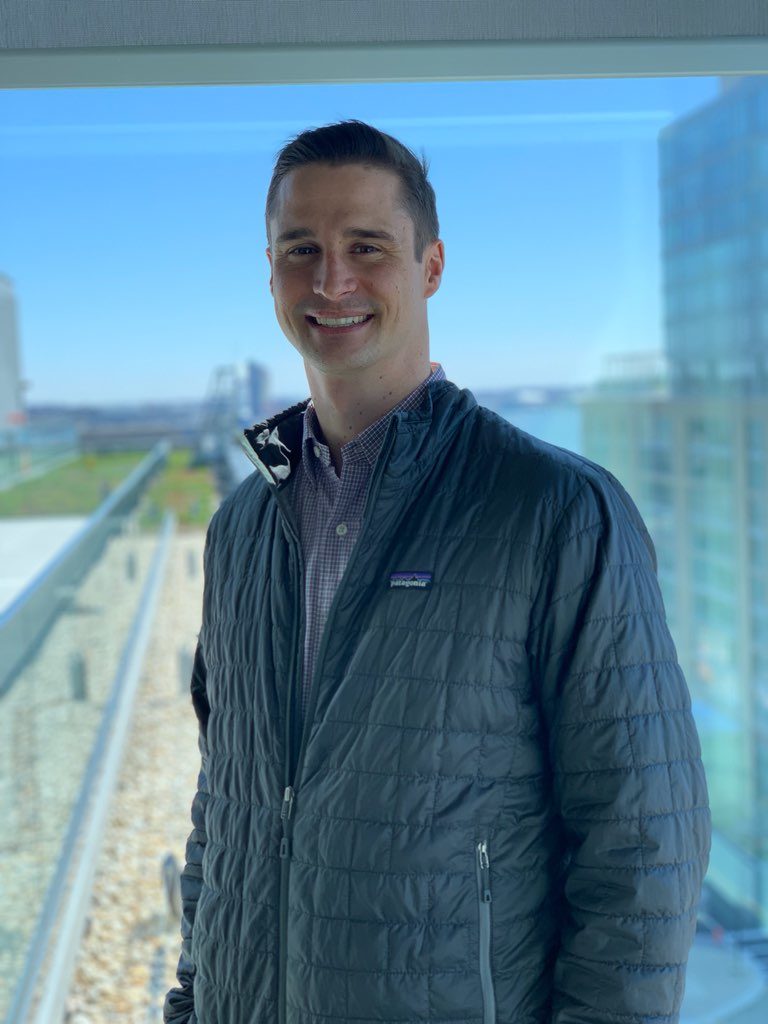Delivering sustainably: An internship tackling big questions in transportation

My journey in pursuit of an internship in sustainability and business was long and winding, and like many others who have sought similar career paths, I’ve realized that no two routes are ever the same. In my internship search, I first defined what mattered to me regarding sustainability. My approach was general, but my intentions were specific. I did not mind what industry I’d work in or what role I’d have as long as I could influence environmental initiatives like reducing carbon emissions, improving water management, or moving to more sustainable packaging.
I am passionate about long-term change—specifically, identifying fiscally responsible capital investment projects that reduce a firm’s environmental impact. I sought supply chain, procurement, and corporate sustainability roles, and I was lucky enough to obtain a corporate sustainability role at a prominent consumer packaged goods (CPG) company.
Evaluating alternative fuels for the transportation fleet
A large part of my summer work was to evaluate alternative fuels for the transportation fleet. I did not initially seek that type of task, but I soon realized what a profound impact transportation has on carbon emissions, thereby aligning with one of my core career goals.

In today’s economy, goods freely flow across borders, and transportation is critical for CPG supply chains. Procurement, manufacturing and processing, storage, and distribution create complex problems, especially when considering how fast consumer preferences change. While I understood these concepts in theory, I had never thought deeply about what it took to move 40,000 pounds of goods from point A to points B and C. Thankfully, my coworkers and industry experts had plenty of information on the topic. Before I knew it, I was inundated with more data than I knew what to do with.
I quickly learned how to ask pointed questions to obtain accurate and pertinent information while effectively utilizing my colleagues’ time. Weeks flew by with my inquisitions leading to more data and more data leading to more inquisition. Then came the time to deliver. I had four weeks left in my internship, and I needed to build a cohesive strategy on how to embrace the transition to alternative transportation fuels.
How to solve the problem of transition
Before I proceeded with a detailed, strategic plan, I took a step back to review what I had learned so far and the project mission. This action was essential as it revealed critical factors that drove the firm’s motivation for evaluating alternative fuels. Instead of just looking at alternative fuels, I asked the following question: How do we reduce the carbon intensity of transportation and achieve cost parity with carbon-intensive fuels—for example, diesel—while maintaining or improving current operations?
By framing the question in this manner, I realized there were possible solutions to the problem at hand. Beyond alternative fuels, I considered the possibility of moving freight by rail or implementing tactics recommended by the EPA Smartway program. After much analysis, I determined that the biggest lever to reduce emissions remained the adoption of an alternative fuel like battery electric, hydrogen fuel cell, or renewable natural gas.
 Implementing what I learned from the SGE Immersion
Implementing what I learned from the SGE Immersion
In evaluating opportunities to reduce carbon intensity, I took a systems-level approach, a strategy I learned from our Sustainable Global Enterprise (SGE) Immersion. I considered internal, financial, and operational possibilities, as well as industry capabilities and government policy. After building cash flow analyses, I realized how intricately tied, industry capabilities (such as battery energy density) not only affected capital investment, but also how it could impact operations, such as the repercussions of long battery charge times. I discovered that moving to commercial battery electric vehicles can be financially viable, particularly with incentives such as the California HVIP, but it was time- and resource-consuming for fleets to understand that they could align with policy incentives, capture funding, and assimilate alternative-fuel vehicles to current operations, which pushed up against the firm’s internal constraints.
When it was time to deliver my recommendations, I suggested a multi-faceted solution that strongly emphasized the need to align alternative-fuel feasibility and timelines with organizational objectives. In suggesting a phased approach, my work was just the beginning of a journey to embrace a less carbon-intensive freight solution. While laying the foundation, however, I delivered a vision for how an influential firm can not only reduce carbon emissions and maintain operational excellence over time but also push industry boundaries to invest in alternative-fuel infrastructure to set the tone as a leader in its space.

Key takeaways from my internship
In building a strategy for alternative fuels, I learned some valuable lessons to carry forward in my career:
- Establish stakeholder inclusion and management from the outset: while it is tough to know who all the players are, this factor is critical for obtaining executive buy-in.
- Stay humble and never hesitate to ask questions: you never know when you will get another opportunity, and experts are in high demand.
- Have a tenacious appetite for consuming new information and analyzing data.
- Maintain a strategic mindset in assimilating company realities and industry potential: this perspective prevents being bogged down by data and creates space for a grander vision.
I am tremendously grateful for my internship experience. My manager and colleagues throughout the organization were nothing but supportive and were vital to my success. I was given the freedom to deeply explore a tough question and be strategic in my recommendations, thereby sharpening valuable skillsets no matter where my sustainability journey takes me next.


Comments